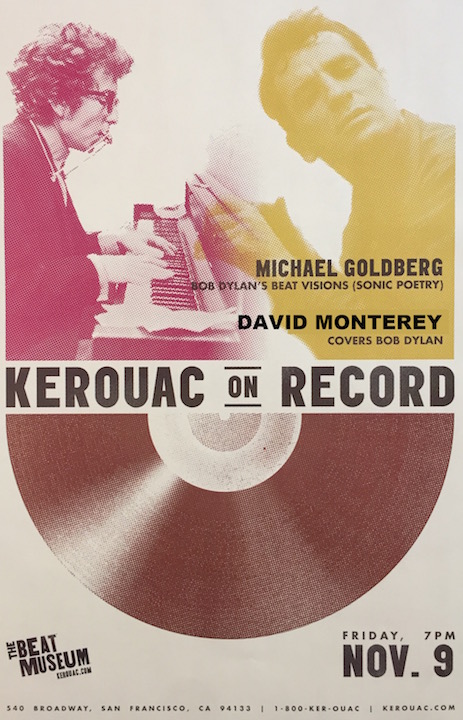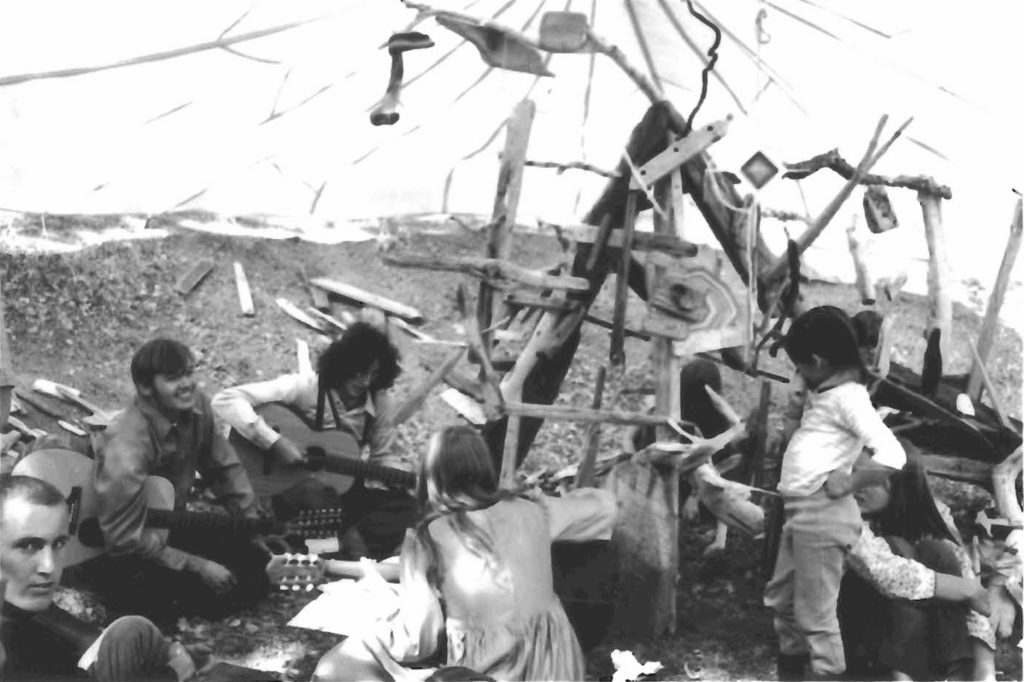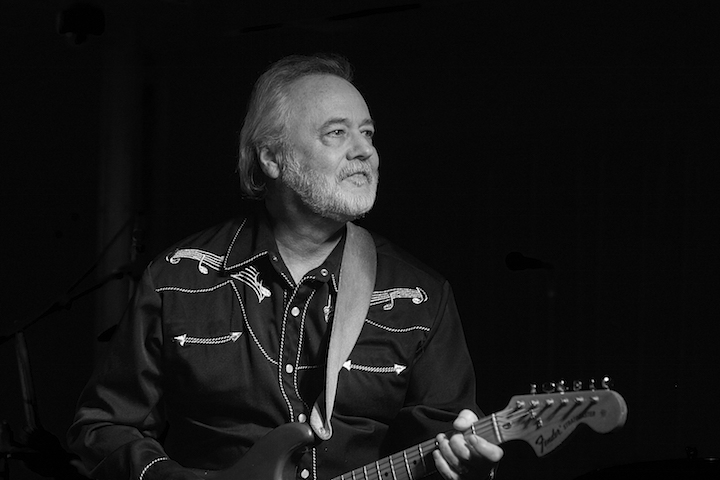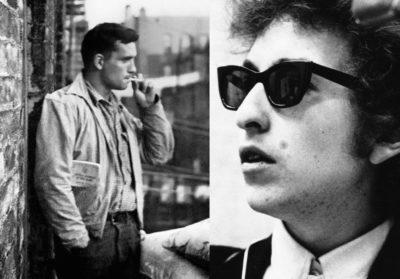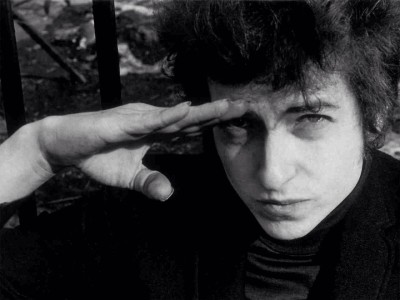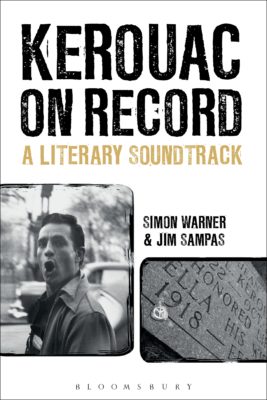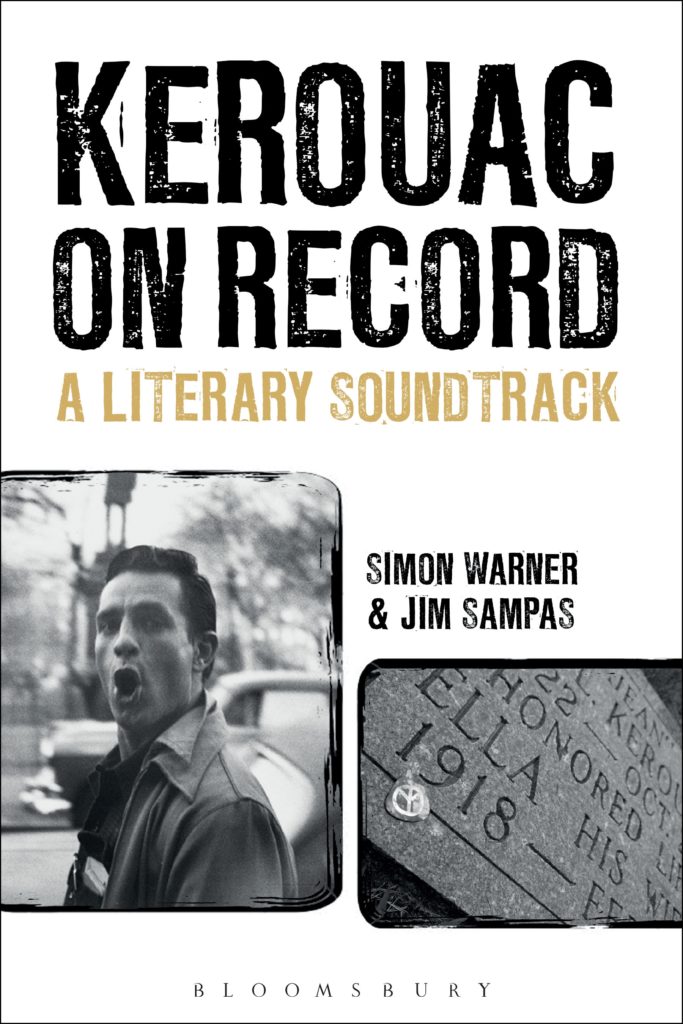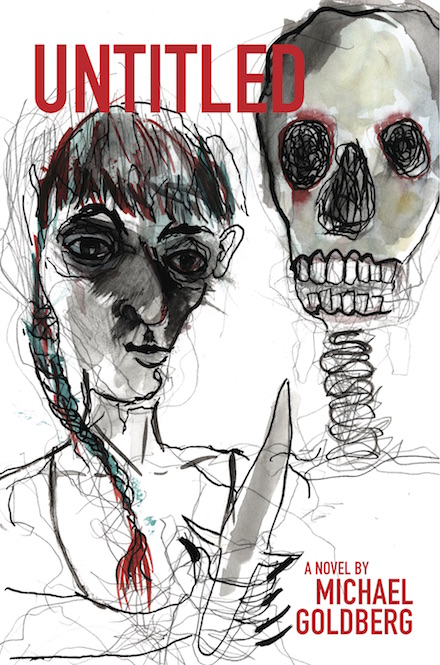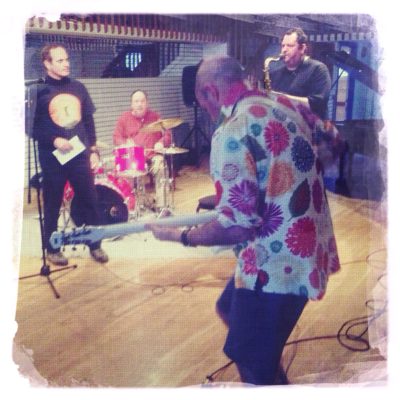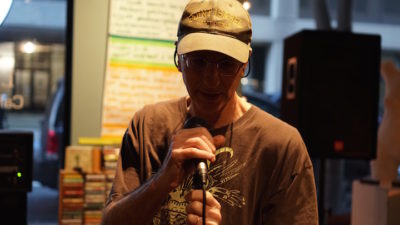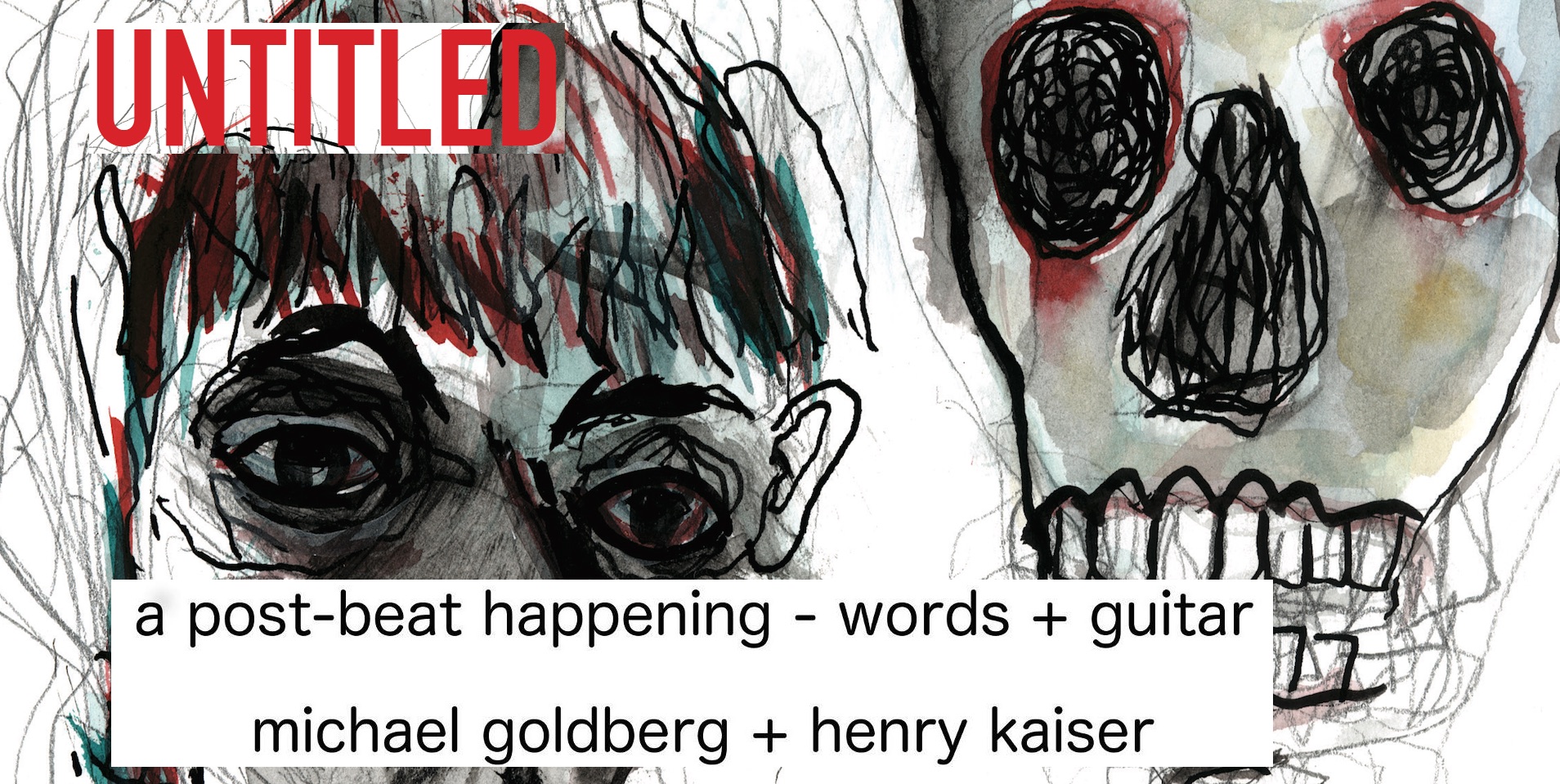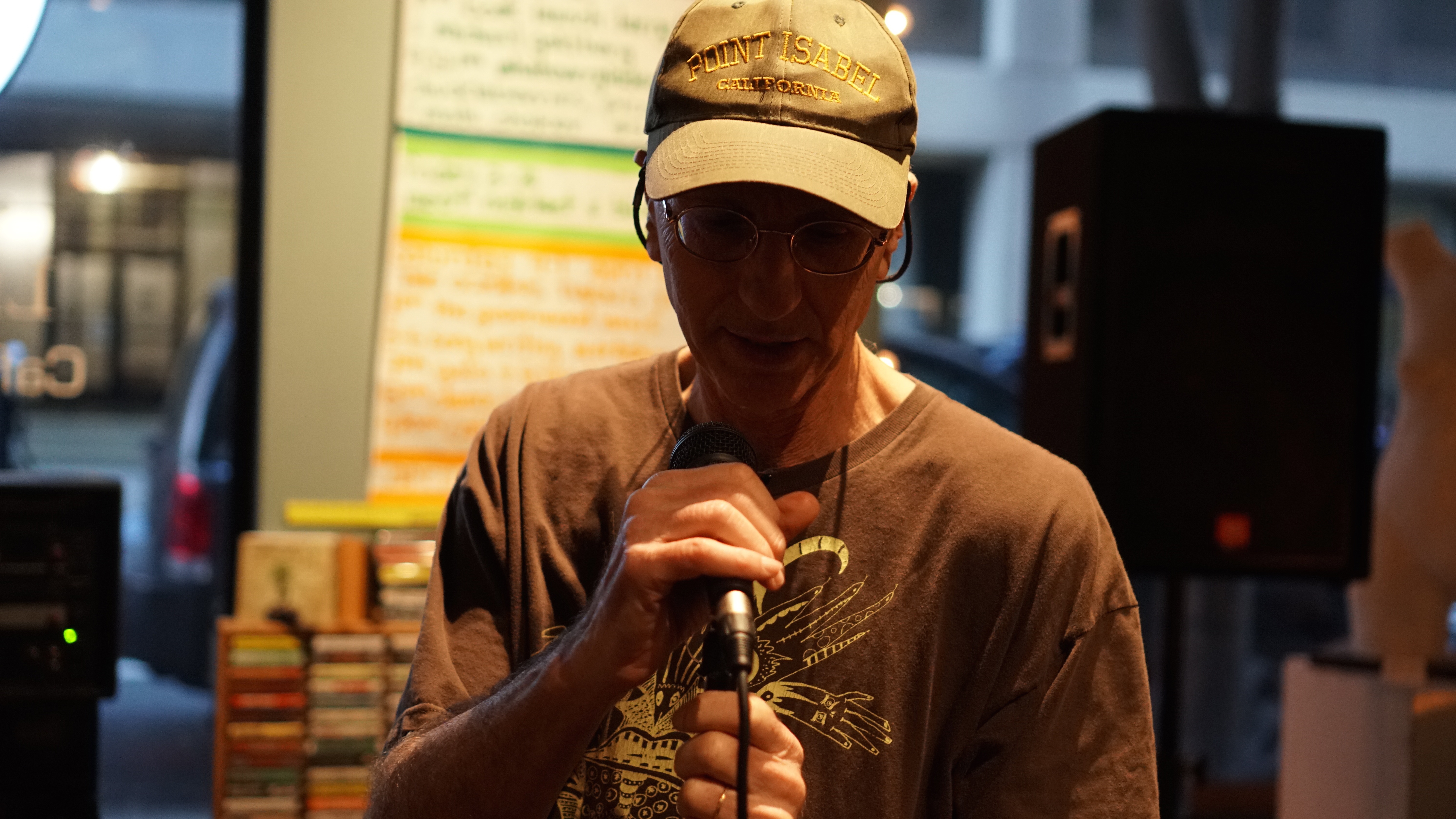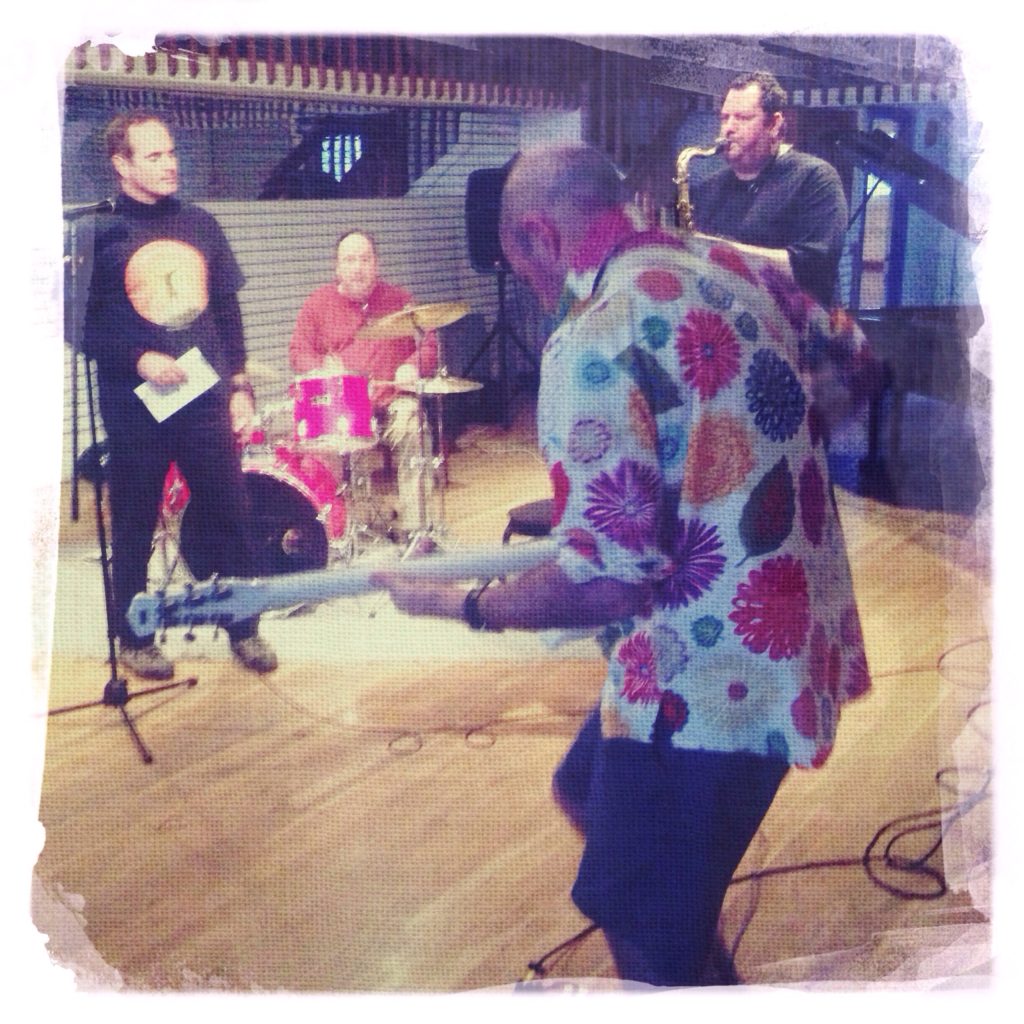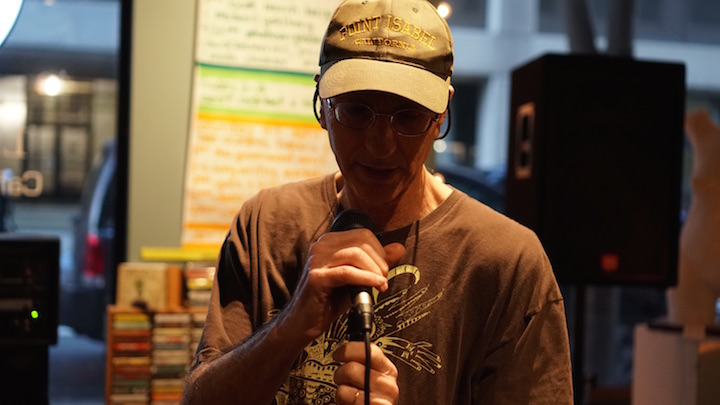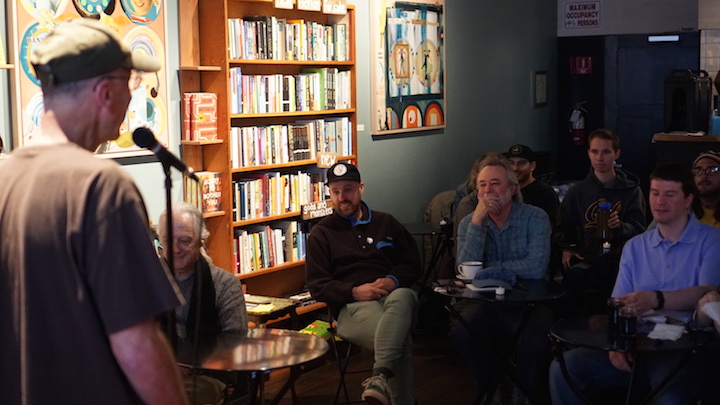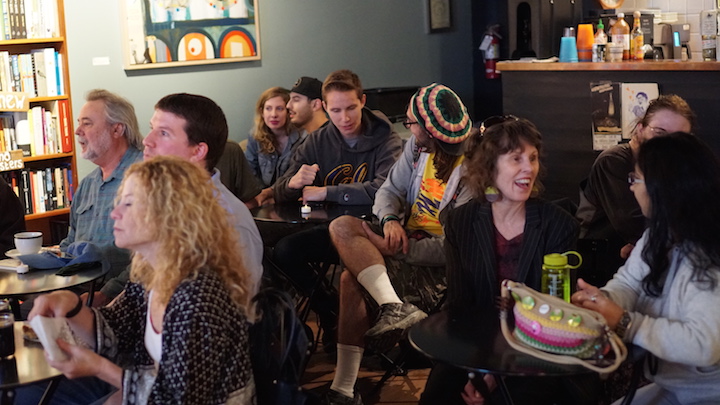
Finally, the Holy Grail is here!
By Michael Goldberg
Bob Dylan and The Band
The Basement Tapes Complete: The Bootleg Series Vol. 11 (Six-CD set)
Columbia Records
Note: Because the Basement Tapes are, for me, about a time long in the past, and a place that no longer exists, and the feeling of wonder I still had as a teenager back in 1970 when I first heard some of the Basement songs, I have taken an unconventional approach to this review, mixing fact and fiction, thoughts about the actual music with seemingly unrelated text about young love.
It was time to split the city. The Summer of Love was a bust. They were selling “Love Burgers” on Haight Street. If you’re too young to know, Haight Street in San Francisco was a kind of ground zero for the ‘60s counterculture in 1966. But it wasn’t 1966 anymore, and things had changed. A creepy-crawly vibe would soon turn all the colors black.
***
May of 1970, me and my chick in the back of that Ford pickup with all the camping gear. We’re heading for Big Sur. A bunch of us in five vehicles, maybe six. This was a long time ago. I was 16 and so was Sarah. We make a couple of stops along the way; the last one is to get gas and ‘cause some of us need to use the can. It isn’t a town, isn’t a full block same as you find in a town or a city. It’s some beater houses and a motel and the Texaco. What it is, is a no-name, one of those places you drive through to get from here to there.
Only reason I even get out of that pickup is ‘cause of the Coke machine.
***
The Basement Tapes are a myth. They’re one of those stories that serious music fans, the type of fan that most people would call a collector, and others might call crazy, get lost in. As the myth has been told and retold since the late ‘60s, Bob Dylan, then one of the greatest, if not the greatest, rock stars in the world, had a motorcycle accident.
After recovering from his accident in the seclusion of an 11-room house in upstate New York, Dylan called up his band, a handful of musicians who had been known as The Hawks when they backed Canadian rockabilly singer Ronnie Hawkins, and they joined him, soon renting houses not far from where Dylan was residing, one of which came to be known as Big Pink.
Over the summer, in the basement of Big Pink, they recorded over 100 tracks, including some new Bob Dylan compositions that remain some of his best. When it was all over, Dylan moved on, heading to Nashville to record John Wesley Harding, an album of all new songs, none of which had been recorded in the basement.
As for what eventually became known as the Basement Tapes, acetates were made of 14 songs and sent out to artists with the hopes they’d be covered. The tapes with the rest of the songs were shelved.
Eventually the bootleggers got their hands on those 14 songs, and soon we, the serious, obsessed Dylan fans, heard them too. And as word spread that there were more recordings, many more recordings, we lusted for them the way collectors of ‘78s lust after original pressings of Skip James records, or those of Geeshie Wiley and Elvie Thomas.
And so, for the serious Dylan fan, for us nuts, those tapes became the Holy Grail.
***
It’s one of those ancient curved-corners all-red Vendo Coke machines. The V-81a. Filled with cool-ass bottles of Coke. Warhol’s “Green Coca-Cola Bottles” kinda cool-ass bottles.
Ever seen that Warhol deal? Homage to Duchamp, Warhol’s bottles. Warhol was heavy into Coke. Said Coke symbolized the egalitarian nature of American consumerism. Said it didn’t matter if you were Liz Taylor or a bum, a Coke was a Coke, and no amount of money could get you a better one than the one the bum on the corner was drinking. ‘Course what Warhol didn’t say was Liz Taylor could afford to get her cavities filled. The bum gonna end up with a mouth full of rotten.
I guess that’s what America’s all about. The phony-ass everyone’s equal trip. Authentic real, there’s a hierarchy. Fortune or fame, enough of either can put you up on your high horse, up on the steeple with all the pretty people. Warhol was wrong, Coke tastes a whole lot different if you’re drinking it out on the veranda of some place in Beverly Hills, than in the fucking gutter.
***
On July 29, 1966, Bob Dylan, who as a kid idolized James Dean, had an accident while rising a 500cc Triumph Tiger 100 motorcycle on a road near his manager’s house in West Sugerties, not far from Woodstock, New York. Dylan was on break from a grueling world tour during which fans of his folk music booed his new rock ‘n’ roll sound. One of ‘em called him Judas.
“I was on the road for almost five years,” Dylan told Rolling Stone publisher Jann Wenner during a 1969 interview, looking back to that fateful day, the day of the motorcycle accident. “It wore me down. I was on drugs, a lot of things. A lot of things just to keep going, you know? And I don’t want to live that way anymore, And uh… I’m just waiting for a better time – you know what I mean?
Wenner asks a follow-up question.
“Well,” Dylan says. “I’d like to slow down the pace a little.”
Dylan did slow the pace. “I thought that I was just gonna get up and go back to doing what I was doing before…,” Dylan told Wenner. “But I couldn’t do it anymore.”
Dylan’s crazy schedule of touring and recording – he cut three of the best rock albums ever made, in 15 months! – was over. Instead he holed up with his family at the Byrdcliffe house, known as Hi Lo Ha, having replaced hectic New York with a pastoral scene. Working with filmmaker Howard Alk, Dylan completed a documentary, “Eat The Document,” using footage D. A. Pennebaker shot of the 1966 tour. The film was commissioned for the ABC television series Stage ’66, but was rejected by ABC and has never been officially released, although a bootleg version circulates, and periodically shows up online.
Still in upstate New York, at some point in early 1967 Dylan and some members of The Hawks began a series of informal music sessions in what was referred to as the “Red Room,” a sitting room at Hi Lo Ha that was no longer painted red, if ever it was. The music they began making was recorded on a reel-to-reel tape recorder – one that took seven inch reels of quarter-inch tape — by Garth Hudson, one of the musicians who was also participating in the sessions along with Robbie Robertson, Rick Danko and Richard Manuel. Later they would be joined by Levon Helm.
The genesis of the sessions may have been pressure Albert Grossman exerted on Dylan to come up with more songs, songs for other artists to cover. Grossman owned half of Dylan’s publishing, so it was in Grossman’s financial interest to get more songs out of Dylan while he was still a big star.
Dylan told Jann Wenner, “No, they weren’t demos for myself, they were demos of the songs. I was being PUSHED again … into coming up with some songs. You know how those things go.”
Still, whatever the outside pressure, what happened when the tape was rolling was enjoyable, both for the musicians and for Dylan.
“The Basement Tapes refers to the basement there at Big Pink, obviously, but it also refers to a process, a homemade process,” Robbie Robertson was quoted as saying in Sid Griffin’s book about the Basement Tapes, “Million Dollar Bash.” That quote also appears in the liner notes Griffin wrote for The Basement Tapes Complete: The Bootleg Series Vol. 11, the 6-CD set which will be released on November 4, 2014.
“So some things we recorded at Bob’s house, some things we recorded at Rick’s house…we were here and there, so what it really means is ‘homemade’ as opposed to a single location in a formal studio.”
Talking about the sessions to Jann Wenner, Dylan said just moments after he talked about being “PUSHED” to demo new songs, “They were just fun to do. That’s all. They were a kick to do. Fact, I’d do it all again. You know, that’s really the way to do a recording—in a peaceful, relaxed setting—in somebody’s basement. With the windows open … and a dog lying on the floor.”
Read the rest of this column at Rhythms magazine.

“900 Miles From My Home”:
“Tupelo”:
“Yea! Heavy and a Bottle of Bread”:
“Ain’t No More Cane (Take 2)”:
“Dress It Up, Better Have It All”:
“Lo and Behold!”:
“Odds & Ends”:
“Don’t Ya Tell Henry”:
here.
And hear more of the Basement songs at NPR.
—
[I just published my rock ‘n’ roll novel, True Love Scars.” Rolling Stone has a great review of my book in a recent issue. Read it here. There’s info about True Love Scars here.]
